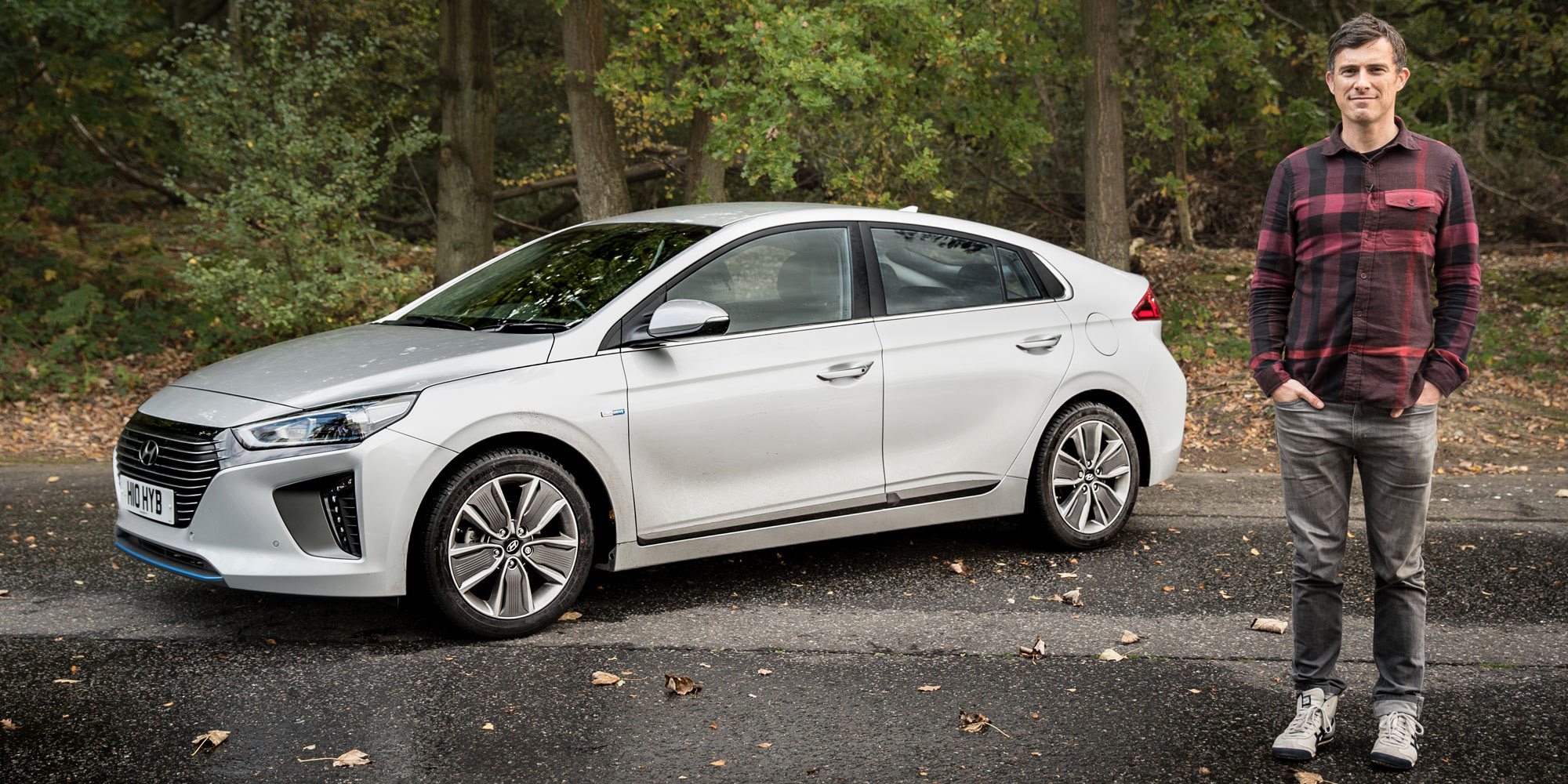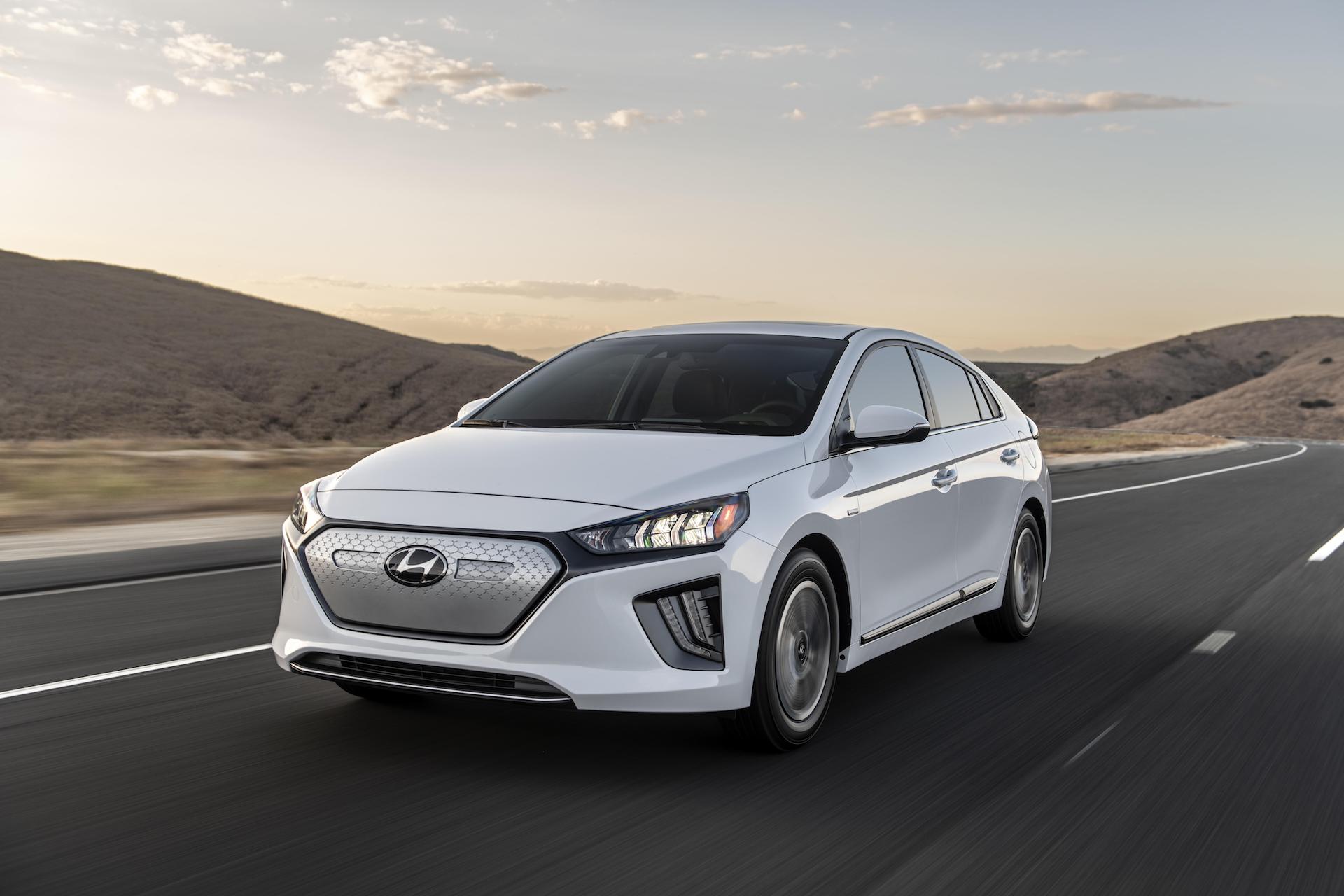
It has immensely upped the game for the competition and marks a serious leap forward.

This is just one reason why it is one of the most extremely admired vehicles you will find on the market today near Orlando and around the world. One of the most amazing aspects of the 2021 Hyundai Ioniq Hybrid Blue is the expansive use of amazing technology that makes each ride a seamless experience. To learn more advice about everything this vehicle offers, continue searching this page and you will see all the details and specs! Is the 2021 Ioniq Hybrid Blue a Good Buy Our team is here to help answer any important questions and help you find the perfect Orlando Hyundai 2021 Ioniq Hybrid Blue for you and your family. Never plug in and drive only as a hybrid, and you won’t.When comparing this vehicle in Orlando to other comparable vehicles, there is a lot you'll want to look at and consider to make the choice that is precisely best for you. The former will depend entirely on how you drive the car – charge up overnight and use a majority of electric power, and you’ll see big numbers. The latter figure is useful, contributing to low tax bills. The Ioniq Plug-in Hybrid’s official combined fuel economy is a meaningless 247mpg with CO2 of just 26g/km. That’s a bit disappointing compared with the genuine 60mpg we scored in a Toyota Corolla hybrid not long before, but the Ioniq is more powerful. That doesn’t quite match the Toyota Prius and its claimed 68.4mpg, which is a shame given the Ioniq is physically smaller and lighter.ĭuring our time with the car we achieved around 50mpg, no matter how carefully we drove. The Hyundai Ioniq Hybrid mpg claim is a combined WLTP figure of 62.8mpg for the SE Connect and Premium models, falling to 61.4mpg for the range-topping Hyundai Ioniq Hybrid Premium SE CO2 is 102g/km and 105g/km, respectively. Hybrid models get a useful 443-litre boot, but the plug-in hybrid only has 341 litres thanks to that bulky battery pack underneath the floor. There’s a good amount of space inside, too – room for four in comfort, albeit with slightly limited headroom in the rear due to that sloping roofline. They’re awkward to use and a step backwards from the basic buttons that existed pre-facelift.Įquipment is generous, all models getting keyless entry, a heated steering wheel, a wireless charging pad and that infotainment screen. Just underneath it, though, lie touch-sensitive climate controls, which are unnecessarily fiddly.
#2021 hyundai ioniq hybrid driver#
Hyundai’s latest 10-inch infotainment display is another good addition – it’s very easy to use, set within easy reach and sight of the driver and doesn’t distract on the move. There are plenty of good points – an impressively no-nonsense digital instrument panel is a highlight, as is a conventional drive selector. Thankfully not, though since it was facelifted in 2019 some of Hyundai’s trademark straightforwardness has been lost.


Is the interior as sci-fi as the powertrain? Overall it left us with the impression of disinterested competence – a car that demands scant effort from its driver, but elicits scant enthusiasm in response. There’s a Sport mode, which flips the all-digital instrument cluster over to a rev-counter and weights up the steering, but you’re offered no other control over the drivetrain, meaning the Ioniq Hybrid makes its own decisions about when the battery is used. There’s nothing about the way the Ioniq drives that’s going to scare anybody off, and were it not for a few additional hybrid controls on the dashboard you’d be forgiven for barely noticing this is anything but a standard petrol automatic.Īt around 1,400kg, it’s no lightweight, and combined with fairly soft and pliant suspension body roll is definitely present. Hyundai’s concentrated instead on comfort and ease of operation, and done both highly effectively. Very rarely does something this singularly focused on efficiency add fun into the mix, and so it is with the Ioniq. With 139bhp total, it has a surprising turn of pace – 0-62mph comes up in 10.2 seconds, but the immediate torque surge from the 60bhp electric motor means initially it feels rather quicker than that, and 0-30mph is dealt with briskly. On the flip side, it’s not as smooth at low speeds as a Prius, nor is it as efficient overall. This makes for a more natural-feeling powertrain, especially when you ask it for some beans. Unusually, Hyundai puts a six-speed dual-clutch transmission between engine and motor, rather than a continuously variable planetary gearset as Toyota does.


 0 kommentar(er)
0 kommentar(er)
